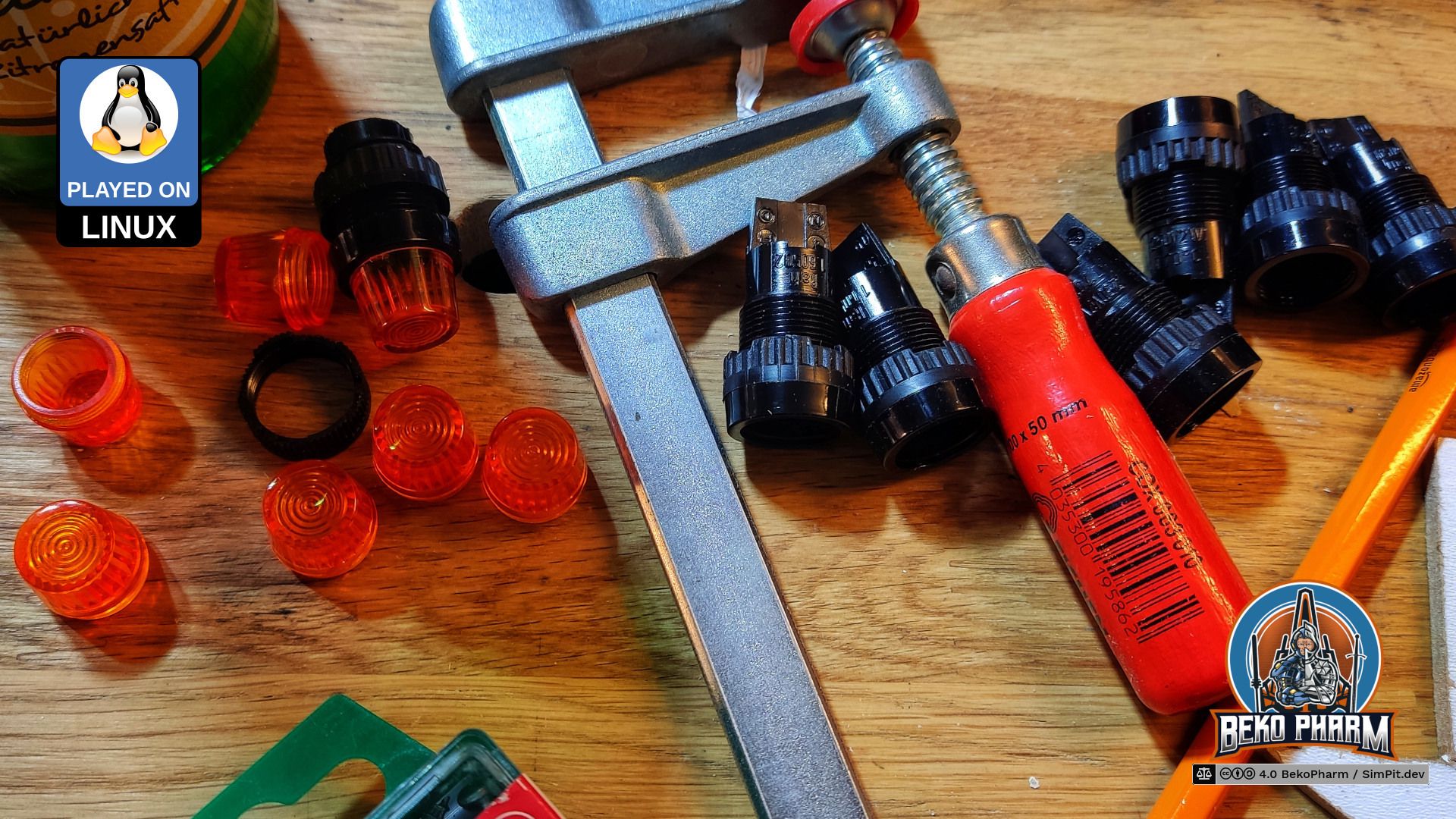Blinken Lights
2.0 Arduino Mega 4.0
This page describes actions that may result in a fire hazard or an electric shock. Repeat at your own risk.
Every cockpit needs blinken lights. My status indicators were realized with a Neopixel. That’s a string of RGB LED wich indidivually addressable LED. This way only a single PIN is needed to configure all lights. It has to be a pin that can do pulse-width modulation (PWM) though so choices are limited.
There are various protocols for this. Mine consists of WS2811 modules where plenty of examples exist on the internet.
A dedicated connection is used for power and in theory all LED can be driven from that but in reality we have to keep ampere in mind so things don’t go up in flames. The string is also dead should one module break for good. Not really suited for a real *craft but hey, this is a toy and each string comes with plenty of leftoversreplacement parts 🙃
I went for this specific Neopixel because it came with the “classic” LED design. The diffusor is 12mm in diameter and the LED did fit almost perfect in their former hexagonal housings. For version 2 I got some fancy fittings that look absolutely stunning but were designed for old lamps with filaments. So fix this I had to saw the endings off.
After that I had an almost perfect fit for the LEDs. Almost, because the fitting is exactly 12mm in diameter on the inside as well but each LED has 3 tiny hooks to hold a LED in place when stuffed through a 12mm hole. A cutting knife made short work of that though.
I also prepared a small triangular panel for the landing gear. It has no housing yet and is supposed to go into the lower part of the frame but that part doesn’t exist yet. Here is a demo video how this looks.
The LEDs are controlled by Node-RED that does all the plumbing in the end. A custom Rust daemon talks via Serial to the Arduino Mega and listens via Websocket for changes from Node-RED and translates the buttons pushed to a virtual joystick device. The Arduino Mega reads changes for the status indicators and adjusts the LEDs as needed.
Links
- Node-RED, Low-code programming for event-driven applications

